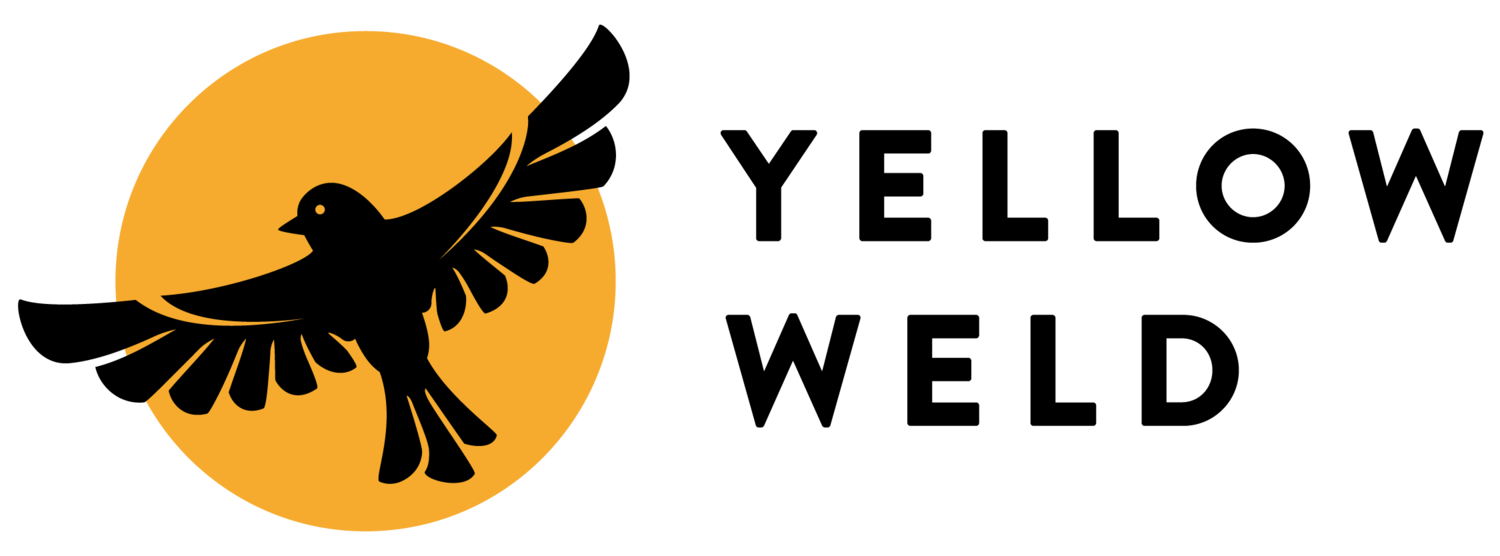How are metal staircases priced?
Metal Staircase Pricing: Understanding the Cost Breakdown
When embarking on a project that involves the installation of metal staircases, understanding the intricacies of pricing is crucial for both homeowners and project estimators. As a trusted metal fabrication business, we employ a transparent and detailed approach to pricing, breaking down the typical costs per riser. In this guide, we will explore the factors influencing the pricing of metal staircases, touching on the three primary types previously discussed: traditional channel stringer staircases, mono stringer or "floating" staircases, and spiral staircases.
General Project Phases
1) Preconstruction: This phase involves essential tasks such as 3D modeling, blueprinting, engineering, material selection, scheduling, phasing, installation plans, and purchasing of supplies. Costs vary based on the complexity of the staircase design.
2) Prefabrication: Initial construction before on-site fitting to allow efficient use of time and resources when performing the installation. Leaving some variables to be solidified on location ensures a perfect fit, but does come at a cost.
3) Site Fabrication: Once on-site, critical variables are defined, and any loose elements are welded or fastened. This phase ensures that tolerances, measurements, and angles match the intended design. If anything is not in line with the design intent, it is corrected during this phase. This stage adjusts for the minor elements that can be difficult to mitigate such as floors not being level, brick walls having variations in their surfaces, and structures being generally imperfect throughout.
4) Material Finish: Staircases can be painted in position or taken down for powder coating or galvanizing. The chosen finish influences logistics, with on-site painting often preferred for efficiency. Finishes that can’t be done on site necessitate the removal of the structure, and reinstallation after coating.
5) Complete Installation: If the structure was removed for finishing, it is reinstalled. Final details, such as wood treads or handrails are added. Fasteners are checked, and structural bolts are torqued for a complete and secure installation. Any touch ups to the finish will happen at this stage after a thorough site clean up and wipe down.
Pricing Factors
1. Traditional Channel Stringer Staircases:
Pricing Overview: Traditional channel stringer staircases are the simplest and most affordable option. The straightforward design contributes to a more streamlined pricing structure.
Cost Categories:
Preconstruction: Standard 3D modeling and blueprinting. These staircases have a straight forward layout that most shops are familiar with and comfortable performing.
Prefabrication: Depending on access limitations, these staircases can often be completely fabricated offsite and dropped into position with heavy equipment life forklifts, cranes, or telehandlers.
Site Fabrication: This layout offers limited on-site adjustments due to simplicity, but it also boasts only a small amount of site work necessary to complete.
Material Finish: Typically painted in position.
Complete Installation: Efficient due to the uncomplicated design. Often treads are bent metal plates and require no further elements. Handrails can be incorporated along the flanges of the stair stringers.
2. Mono Stringer or "Floating" Staircases:
Pricing Overview: Mono stringer staircases are more complex in design and installation, leading to a higher overall cost. The challenging elements involved in fabrication and installation contribute to this increased expense.
Cost Categories:
Preconstruction: More extensive 3D modeling, detailed blueprints, and engineering due to intricate design and loading characteristics.
Prefabrication: Prepare the structure to be finalized on site. The fewer variables left to solidify on site, the faster the installation can be completed generally, though the structure has less adjustability as a result to achieve a perfect fit. Finding the right balance may vary according to the details of the design and the existing conditions around the worksite.
Site Fabrication: Comprehensive adjustments on-site to ensure precision. All variables that are not yet determined get decided at this stage. All elements are leveled and locked into place.
Material Finish: Often painted or powder-coated for a sleek finish.
Complete Installation: This layout nearly always includes thick wood treads that need to be installed at this stage. Handrails can be incorporated most easily to the stair treads once installed.
3. Spiral Staircases:
Pricing Overview: Spiral staircases represent the pinnacle of complexity in design and fabrication, making them the most expensive option. The unique helical structure demands specialized techniques, contributing significantly to the overall cost. These staircases are as dramatic as they are expensive.
Cost Categories:
Preconstruction: Extensive modeling, complex blueprints, and engineering are required to achieve the spiral form.
Prefabrication: Complex shapes must be fabricated using specialized tooling and techniques. Few elements of this design are simple to do on-site, so the majority of the work will take place during preconstruction.
Site Fabrication: On-site work will be limited, covering primarily the anchoring points and incorporating the handrail elements.
Material Finish: Often dependent on the layout of the home. Some spiral staircases are very difficult to remove due to their location and weight. On-site painting is a strong option to consider.
Complete Installation: Perfecting the fit and finish of complex structures is no easy task. Wood treads are common to help deaden vibration and sound as the stairs are in use. They also add warmth to the design, typically tying the structure together with the rest of the space.
Understanding the breakdown of costs and project phases empowers homeowners and project estimators to make informed decisions. While traditional channel stringer staircases offer simplicity and affordability, mono stringer and spiral staircases bring added complexity and aesthetic appeal at a higher price point. Our commitment to transparency ensures that our clients receive not only quality craftsmanship but also a clear understanding of the value behind each staircase project.


